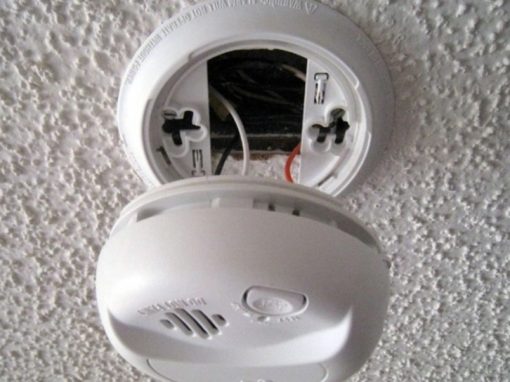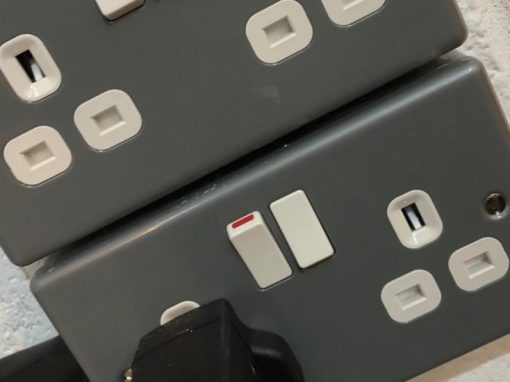Private Rented Sector EICR Property Inspections and Landlords Certificates
Guidance For Landlords In The Private Rented Sector – EICR Property Inspections And Landlords Certificates
Landlord Electrical Safety Inspections And Legal Requirements
(EICR) Electrical Installation Condition Reports are an important part of electrical safety. However, it is now your legal responsibility as a landlord to ensure that a tenanted property has an electrical installation that is safe for use by the property’s tenants. This change in Law around the EICR came into effect in July 2020. The legal onus is now on landlords to have an Electrical Installation Condition Report in place. The landlord will have to be able to provide this to the tenant, managing agent or local authority within 30 days, should it be requested. The government have also laid down the law that all existing tenancies will require an EICR report by April 2021.
In Scotland, it has already been made law that landlords are required to provide EICR reports for tenants, to prove that the electrical installation within the property is safe to use. With the laws changing in England regarding Electrical Installation Condition Reports, be sure not to get caught out and get the advice required asap.
If you do not have the correct (EICR) Electrical Installation Condition Report in place for new tenancies from April 2020 and existing tenancies by April 2021, you run the risk of large fines and/or prosecution.
Don’t get caught out unnecessarily. For advice or to find out more contact:
E: info@bradleystokeelectrical.co.uk T: 0117 332 7200
How often should I get my electrical installation inspected?
Every electrical installation deteriorates with use and age. You need to ensure that your tenant(s), or anyone entering or using your property, are not put at risk, by ensuring that the electrical installation remains in a safe and serviceable condition.
A periodic inspection checks the condition of an existing electrical installation against BS 7671, the UK Standard for the safety of electrical installations. A periodic inspection should:
- Discover if electrical circuits or equipment are overloaded
- Identify potential electrical shock risks and fire hazards
- Find any defective electrical work
- Highlight any lack of earthing or bonding
How frequently should an electrical installation be inspected?
For rented accommodation, the maximum period recommended between the initial inspection (when the installation was first put into service) and the first periodic inspection and test is five years.
Periods between subsequent inspections will depend on the condition of the installation at the time of the preceding inspection, but it is recommended that periodic inspection and testing is carried out at least every five years or at the end of a tenancy, whichever comes first.
Where a change of tenancy occurs after a short period (for example less than six months) a full periodic inspection and test may not always be needed. In such cases, the landlord or their representative should always carry out a visual check to confirm that the property is safe to re-let.
What about Houses in Multiple Occupation (HMOs)?
The Management of Houses in Multiple Occupation (England) Regulations 2006 and the Management of Houses in Multiple Occupation (Wales) Regulations 2006 require that every electrical installation in an HMO is inspected and tested at least every five years by a suitably qualified person, who should provide a certificate giving the results of the inspection.
To find out more or request a quote
Telephone: 0117 332 7200 E-mail: info@bradleystokeelectrical.co.uk or complete the contact form below where we will respond as soon as possible to your request.

Request Form
Bradley Stoke Electrical also offer you the following electrical services



















